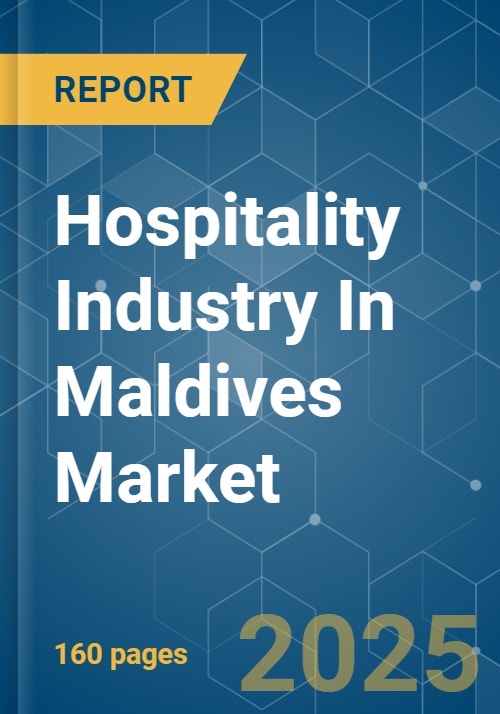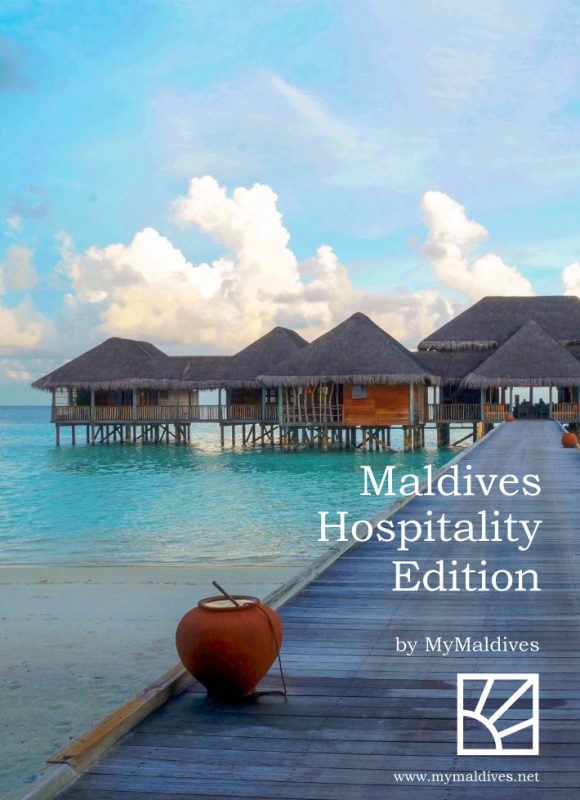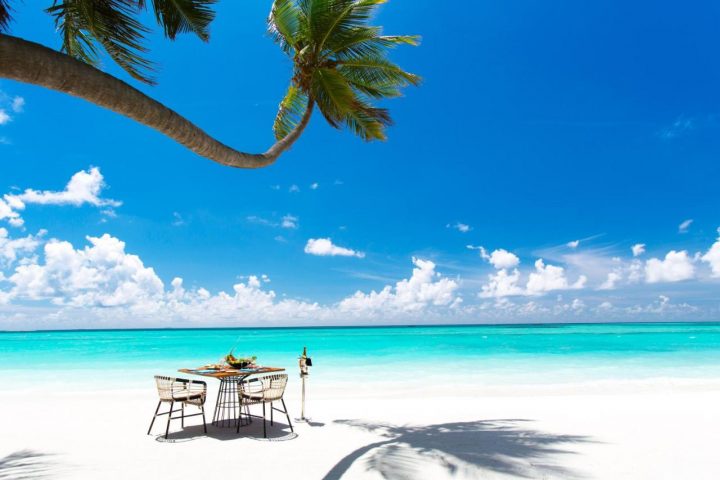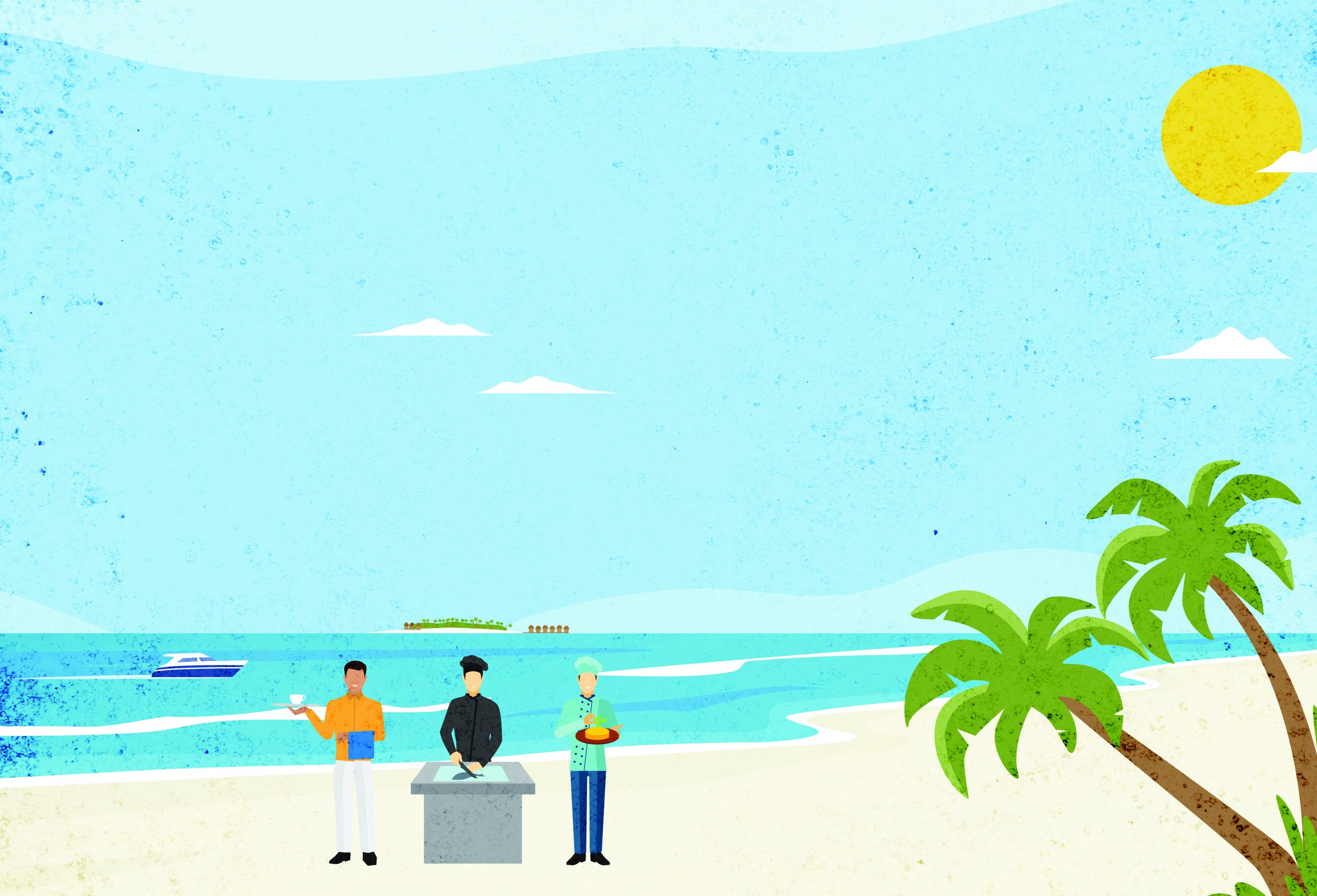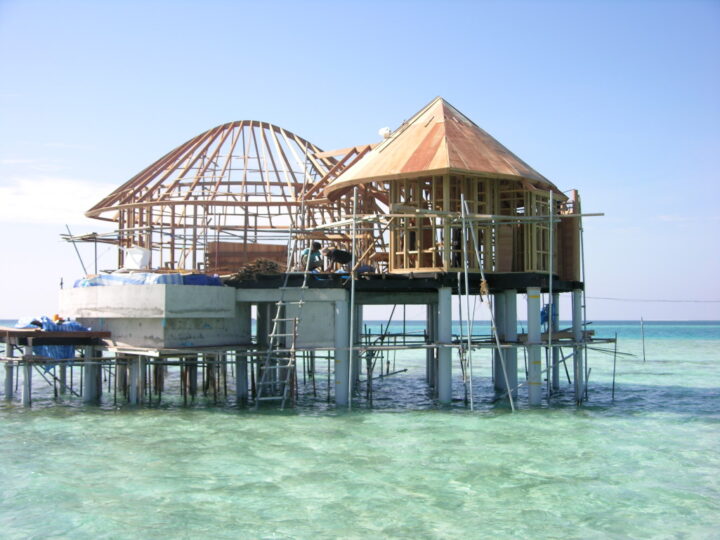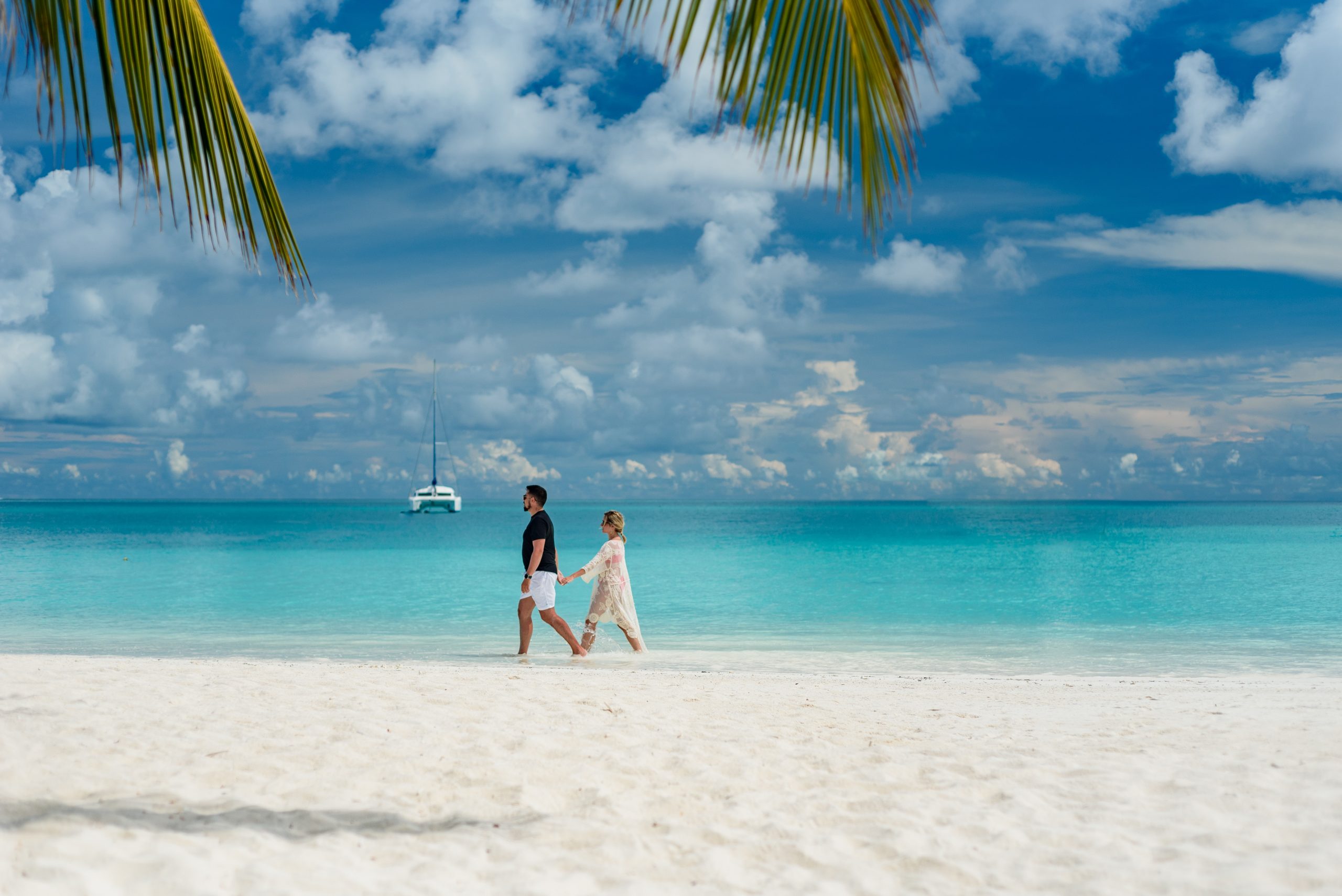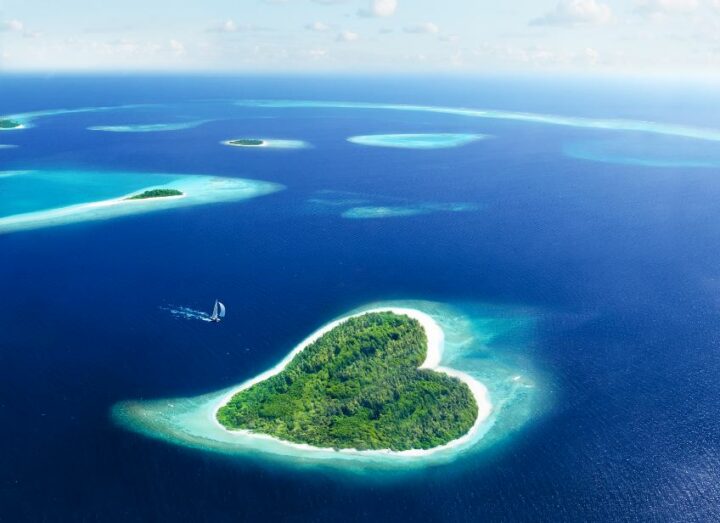Structure Of Hospitality Industry In Maldives

The Maldives, a nation synonymous with luxury tourism, boasts a unique and intricate hospitality industry structure shaped by its geography and economic dependence on tourism. Understanding this structure is crucial to grasping the dynamics of the Maldivian economy and the opportunities and challenges it faces.
At its core, the Maldivian hospitality industry is characterized by its island-based resorts. The "one-island, one-resort" concept, a defining feature, has shaped the industry's development and continues to influence its trajectory. This model separates tourist activity from local populations, aiming to minimize cultural disruption and maximize revenue generation for both the resort operators and the government.
Key Components of the Industry
The structure can be broadly categorized into several key components.
Resort Ownership and Management
Resorts are typically owned and managed by a mix of international hotel chains, local conglomerates, and private investors. International brands like Four Seasons, Marriott, and Hilton manage a significant portion of the luxury resorts, bringing their expertise and global marketing networks.
Local companies, often with government ties, also play a crucial role in resort ownership and increasingly in management, reflecting a growing desire for greater Maldivian participation and control. Private investors, both domestic and foreign, contribute to the diversity of the resort landscape, ranging from boutique hotels to larger-scale developments.
Guesthouses and Local Tourism
In recent years, the government has promoted the development of guesthouses on inhabited islands, allowing for a more direct interaction between tourists and local communities. This initiative aims to diversify the tourism offering and distribute economic benefits more widely.
Guesthouses are typically smaller, family-run establishments, offering a more budget-friendly option compared to resorts. This segment is growing rapidly, providing alternative experiences like cultural immersion and exploring local islands.
Transportation Network
Given the archipelago's geography, a robust transportation network is integral to the hospitality industry. Seaplanes and speedboats are the primary modes of transport for reaching resorts, creating a significant logistical challenge and cost factor.
The national airline, Maldivian, plays a vital role in connecting the capital, Male', with regional airports, facilitating tourist movement throughout the country. Private speedboat operators also contribute to the transportation infrastructure, serving both resorts and guesthouses.
Supply Chain
The supply chain supporting the hospitality industry is complex, relying heavily on imports for food, beverages, and other essential goods. This dependence makes the industry vulnerable to global market fluctuations and supply chain disruptions.
Efforts are underway to strengthen local production of agricultural goods and fisheries to reduce reliance on imports and promote sustainable practices. Supporting local farmers and fishermen is viewed as critical for long-term industry resilience.
Regulatory Framework
The Ministry of Tourism oversees the regulation and development of the hospitality industry, setting standards for quality, safety, and environmental sustainability. The regulatory framework includes licensing requirements, environmental impact assessments, and guidelines for responsible tourism practices.
The government also plays a key role in promoting tourism through marketing campaigns and infrastructure development. Balancing economic growth with environmental protection and social responsibility is a major challenge for policymakers.
Challenges and Opportunities
The Maldivian hospitality industry faces several challenges, including climate change, increasing competition from other destinations, and the need to promote sustainable practices. Rising sea levels pose a significant threat to low-lying islands, while coral bleaching is impacting the marine environment, a key attraction for tourists.
Opportunities exist in diversifying the tourism product, promoting cultural tourism, and investing in renewable energy and sustainable infrastructure. Embracing technology and innovation can also improve efficiency and enhance the guest experience.
In conclusion, the structure of the hospitality industry in the Maldives is a complex ecosystem shaped by its unique geography and economic realities. Understanding the interplay between resorts, guesthouses, transportation networks, and regulatory frameworks is essential for ensuring the long-term sustainability and prosperity of this vital sector. The industry's continued success hinges on addressing the challenges of climate change and promoting responsible tourism practices while capitalizing on opportunities for diversification and innovation.



